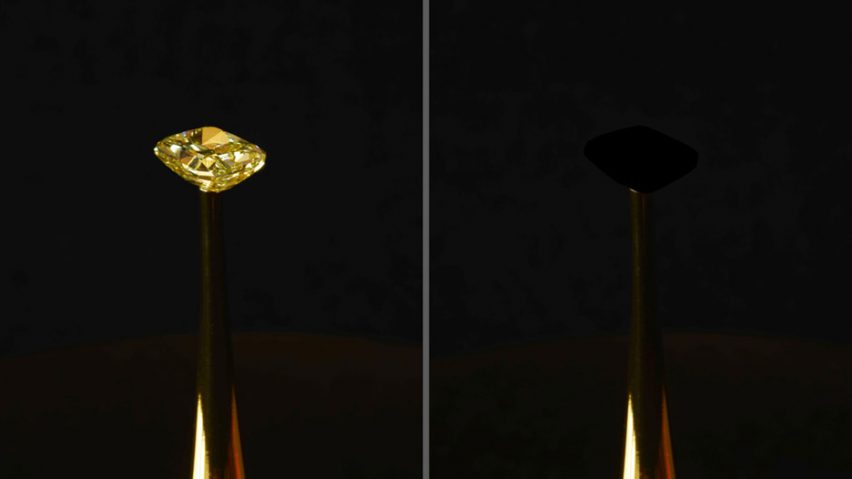MIT engineers have created a blackest black coating from carbon nanotubes that is reportedly 10 times darker than any material created before, including Vantablack.
The coating, which is made from vertically aligned carbon nanotubes (CNT) grown on chlorine-etched aluminium foil, can absorb 99.995 percent of visible light.
"Our material is 10 times blacker than anything that’s ever been reported," said Brian Wardle, professor of aeronautics and astronautics at MIT.
Vantablack, which was created by Surrey NanoSystems, absorbs up to 99.96 percent of visible light and wasn't even the previous blackest black on record.
Wardle and a team of researchers at MIT created the coating while they were experimenting with ways to grow CNT on aluminium to improve its conductivity.
When exposed to the air aluminium forms a layer of oxide, which hinders its heat and electricity conducting properties. To remove this layer, the scientists soaked the aluminium foil in chlorine-based saltwater.
The etched foil was transferred to an oxygen-free environment, then placed in an oven to grow CNT by chemical vapour deposition.
Blackest black created by accident
As expected, this process improved the material's thermal and electrical properties. But the colour of the material surprised the researchers.
"I remember noticing how black it was before growing CNT on it, and then after growth, it looked even darker," said Kehang Cui, who co-authored the paper on the new black with Wardle.
"So I thought I should measure the optical reflectance of the sample."
Cui tested the material while lit from every possible angle, discovering that it absorbed 99.995 percent of incoming light.
"Lack of understanding" why new material is the blackest
The tiny, forests-like clusters of carbon nanotubes trap light, so any ridges or bumps are rendered invisible and the material appears as a black void.
"CNT forests of different varieties are known to be extremely black, but there is a lack of mechanistic understanding as to why this material is the blackest," said Wardle. "That needs further study."
This new blackest black has attracted interest from the aerospace industry. Instruments such as the cameras and telescopes used for studying the cosmos benefit from black coatings that can absorb any unwanted glare.
"Would you like to see an Earth orbiting another star? We need something very black," said astrophysicist and Nobel laureate John Mather.
"And this black has to be tough to withstand a rocket launch. Old versions were fragile forests of fur, but these are more like pot scrubbers — built to take abuse."
Latest development in competition to create blackest black
As well as publishing a research paper on the topic, the MIT team has collaborated with Diemut Strebe, artist-in-residence at the MIT Center for Art, Science, and Technology, to show off the potential of the material.
Strebe has coated a $2 million (£1.6 million) 16.78-carat natural yellow diamond in the material, so the brilliant gem appears as a floating black void. The piece is called Redemption of Vanity.
Competition to develop and control the blackest black is fierce. Artist Anish Kapoor infamously controls the rights to use Vantablack in art, prompting artist Stuart Semple to develop Black 3.0, an acrylic paint to rival Vantablack that Kapoor is banned from using.
But the MIT team is sanguine about the race to create the darkest material.
"The blackest black is a constantly moving target," said Wardle.
"Someone will find a blacker material, and eventually we'll understand all the underlying mechanisms, and will be able to properly engineer the ultimate black."
Photography is by Diemut Strebe.

